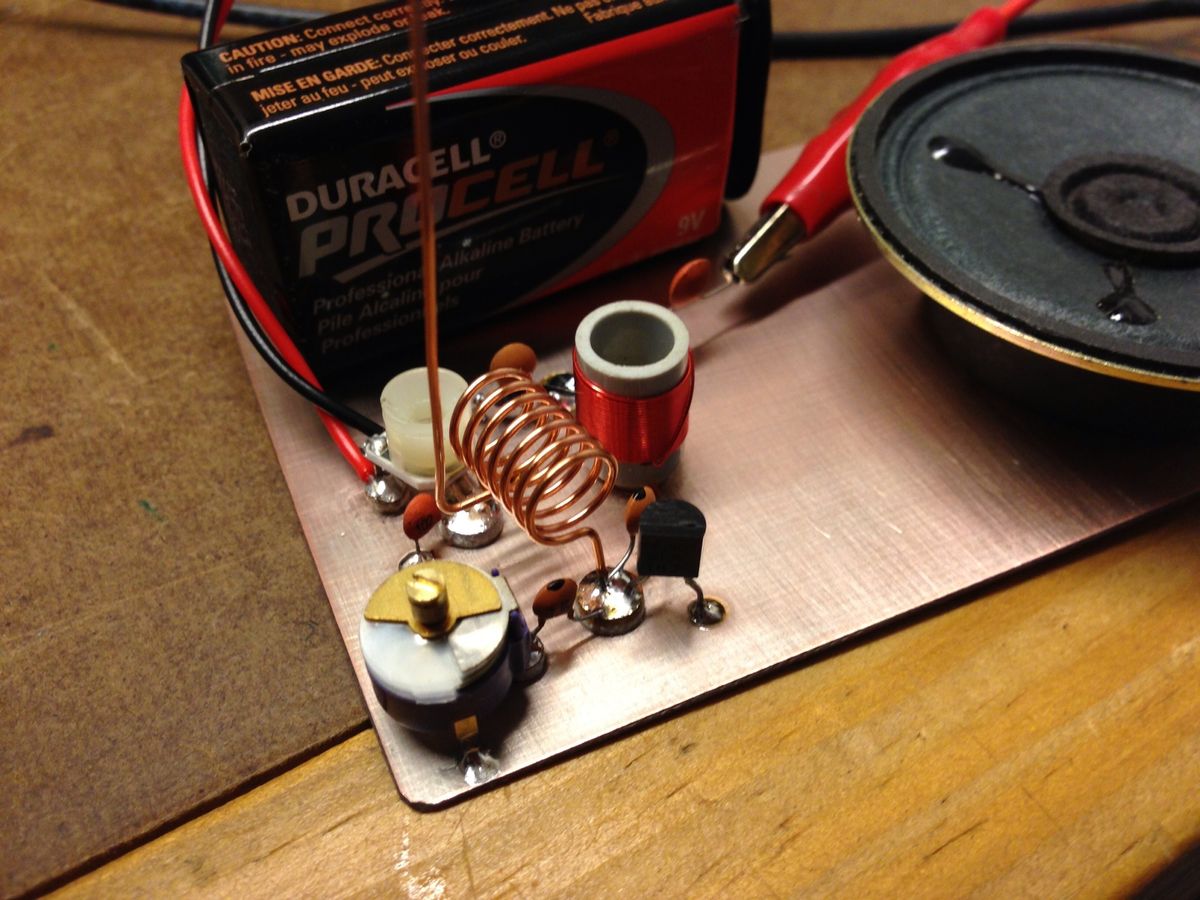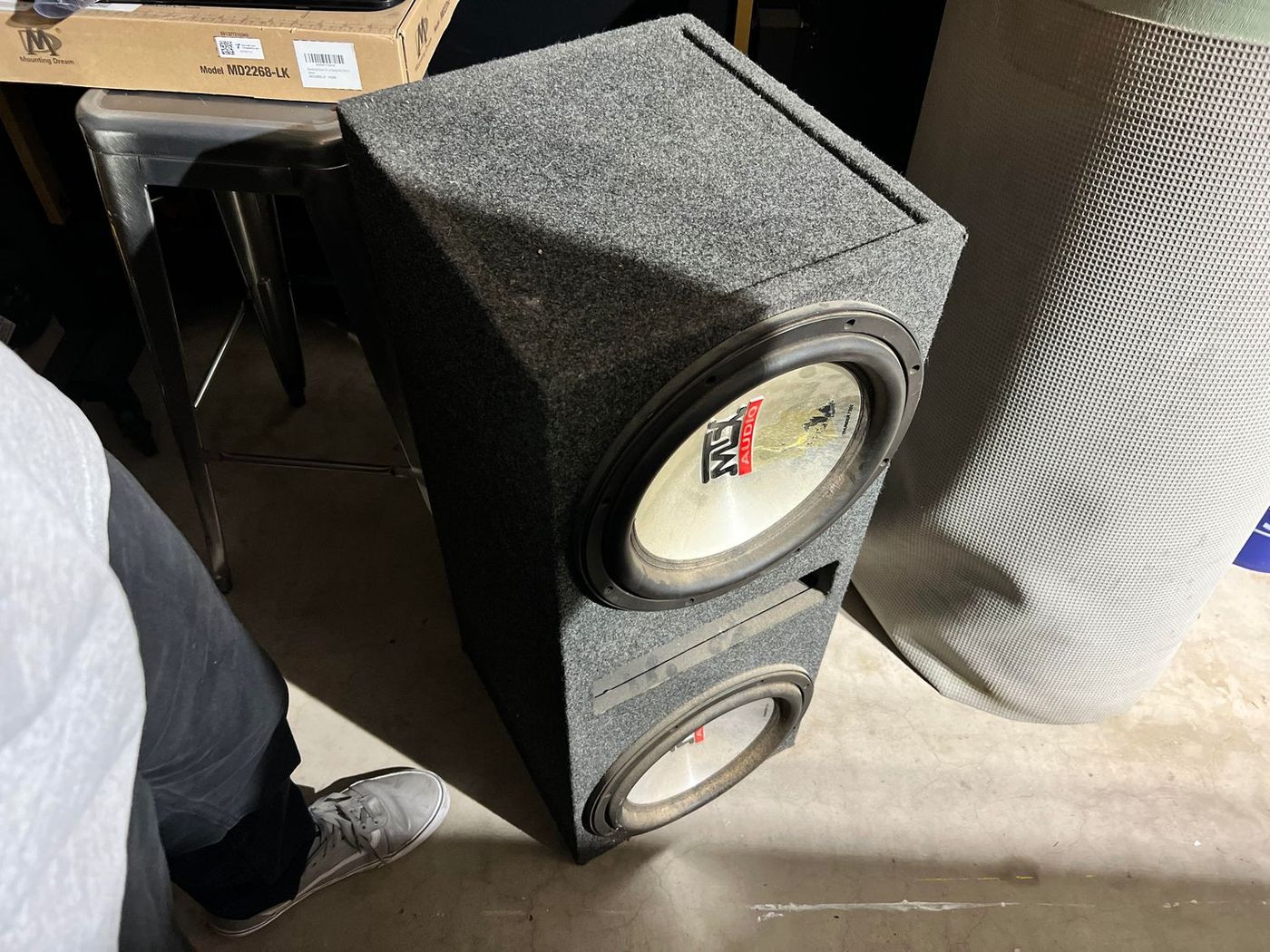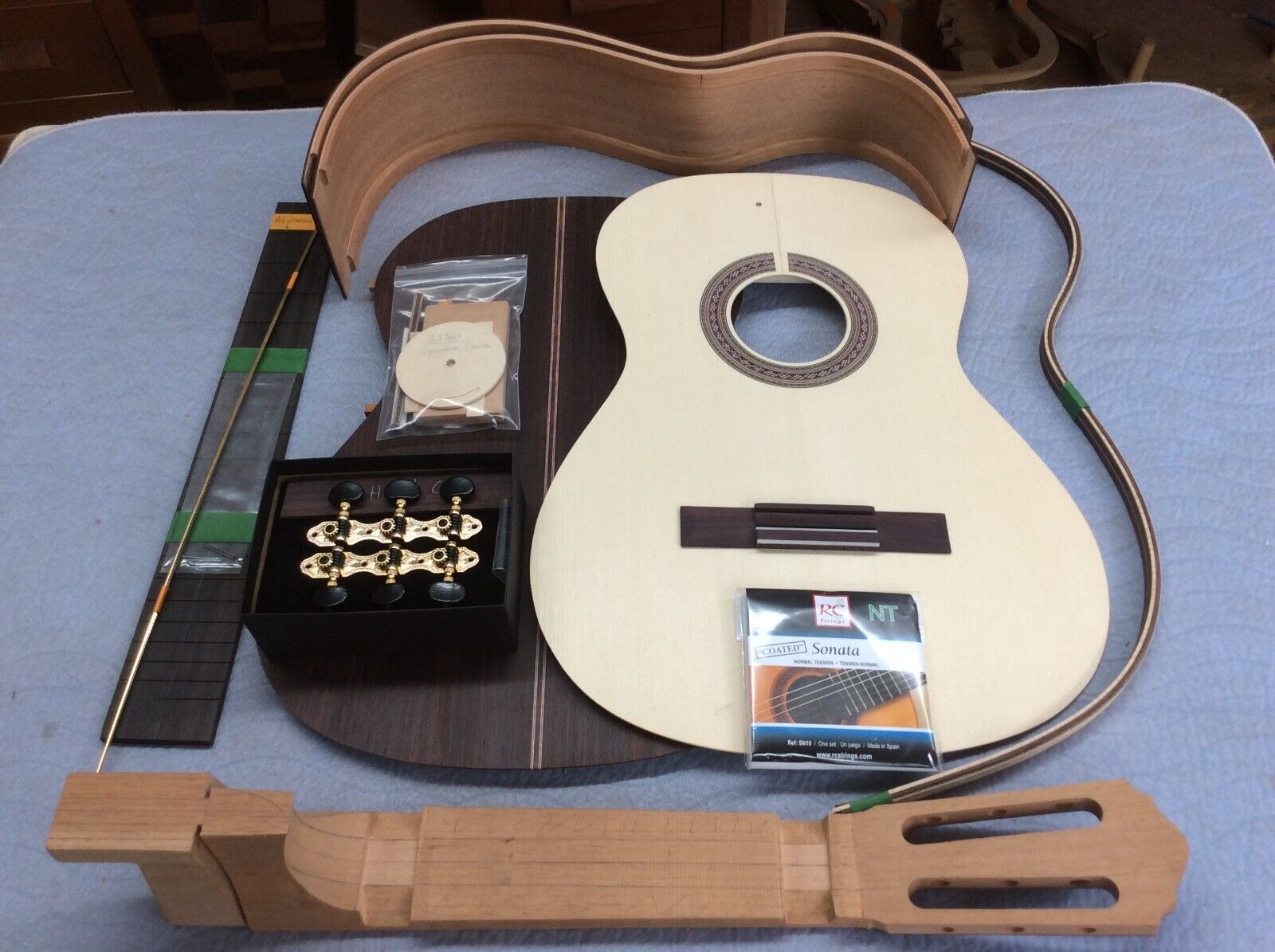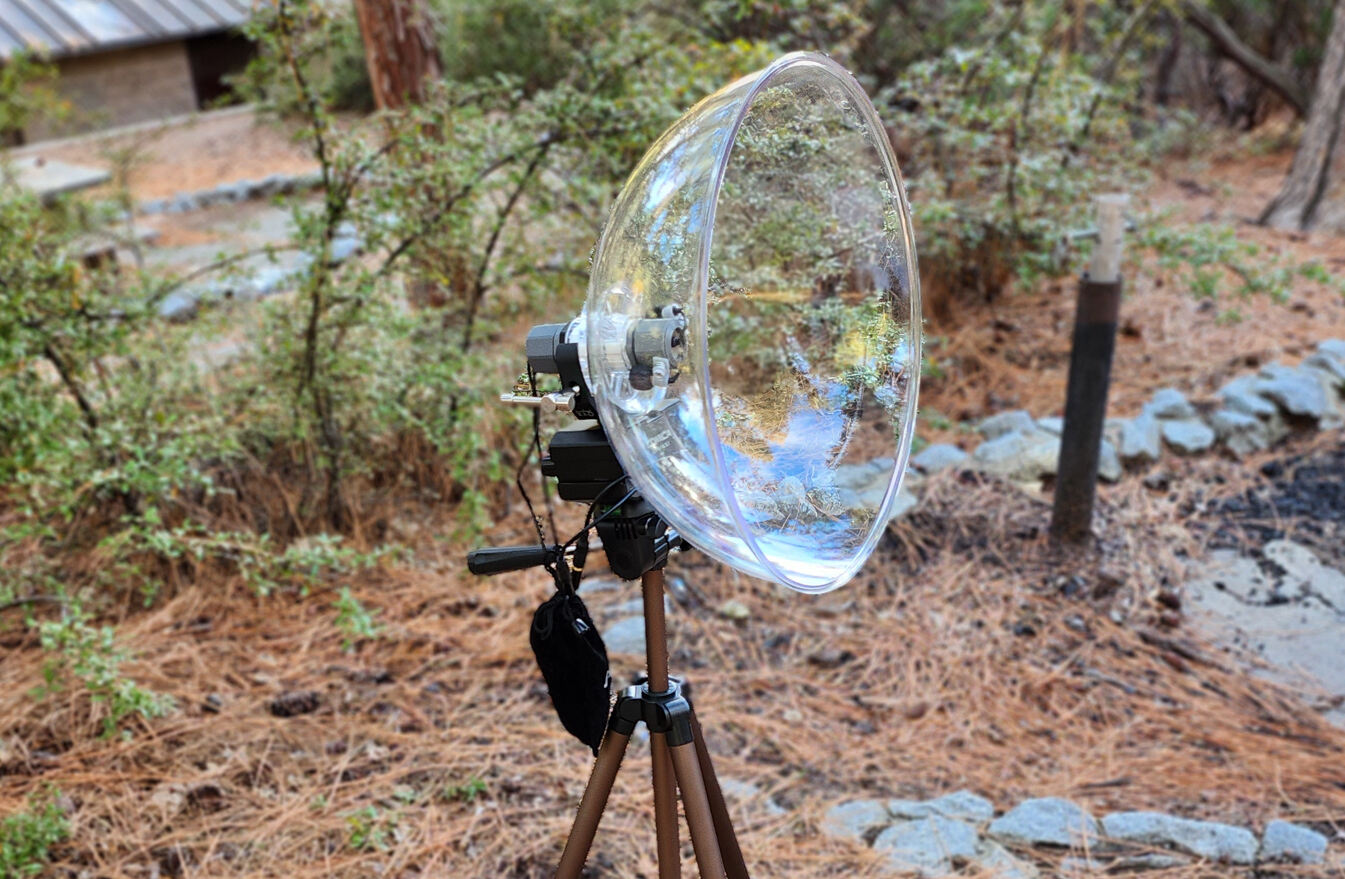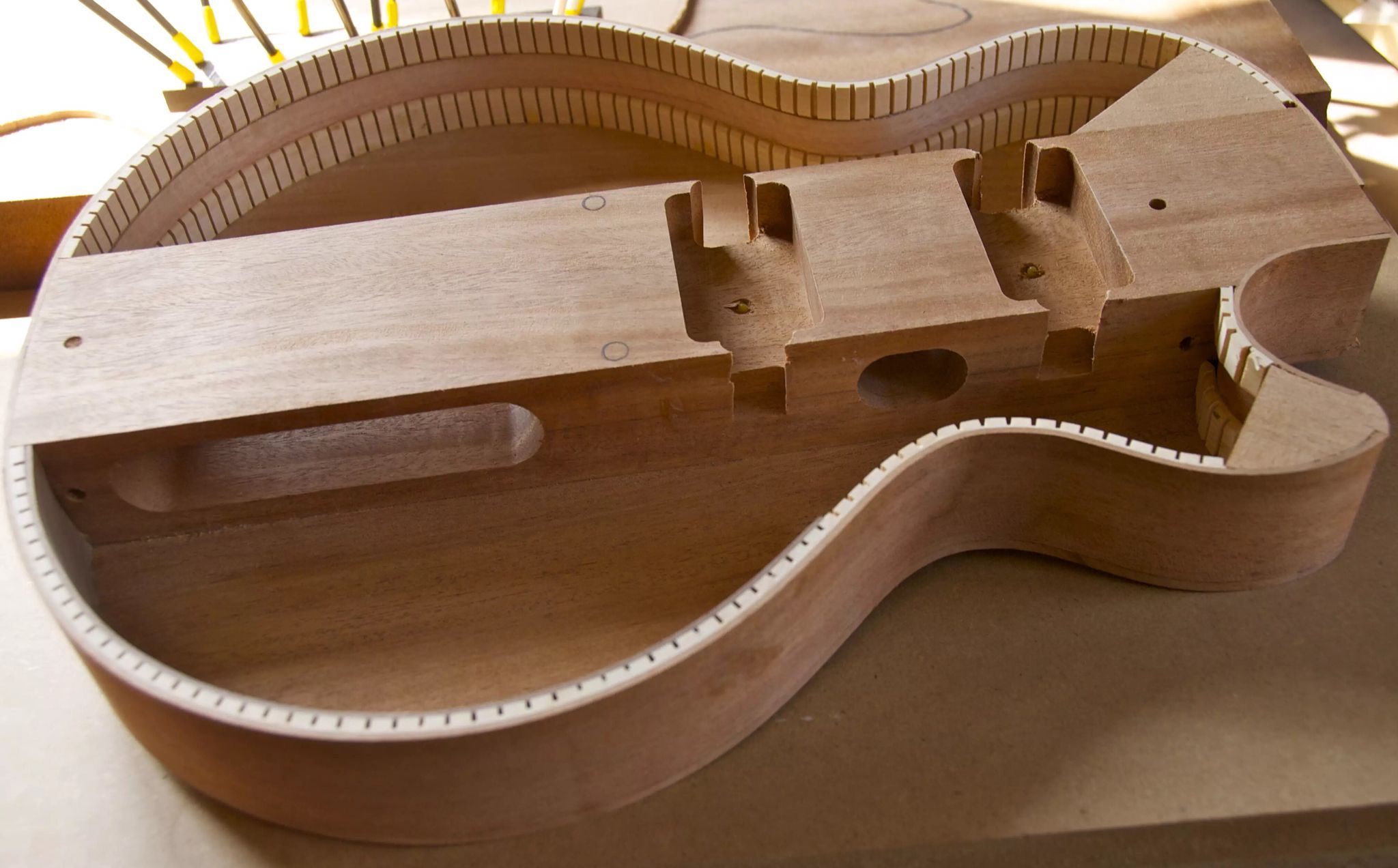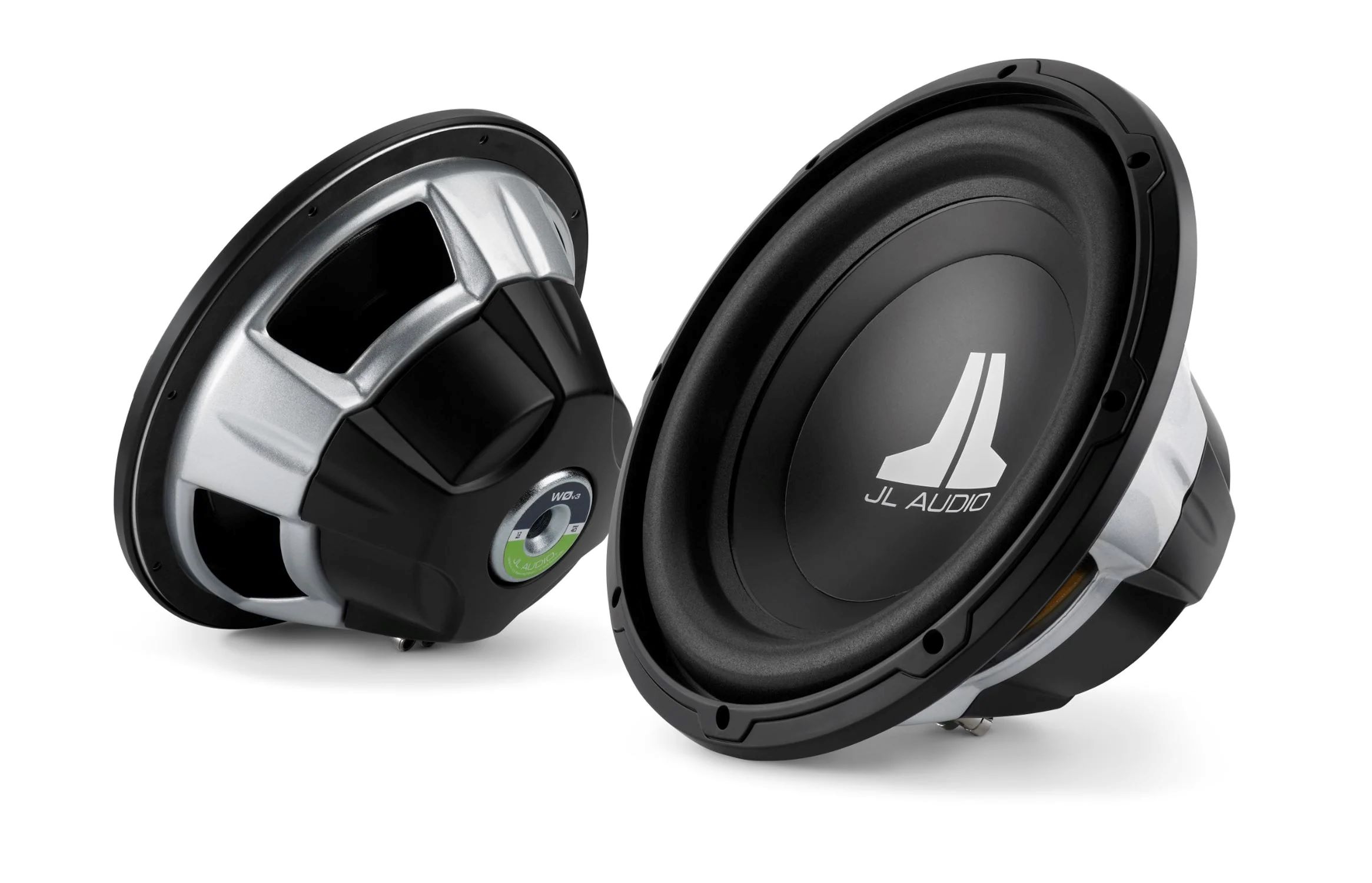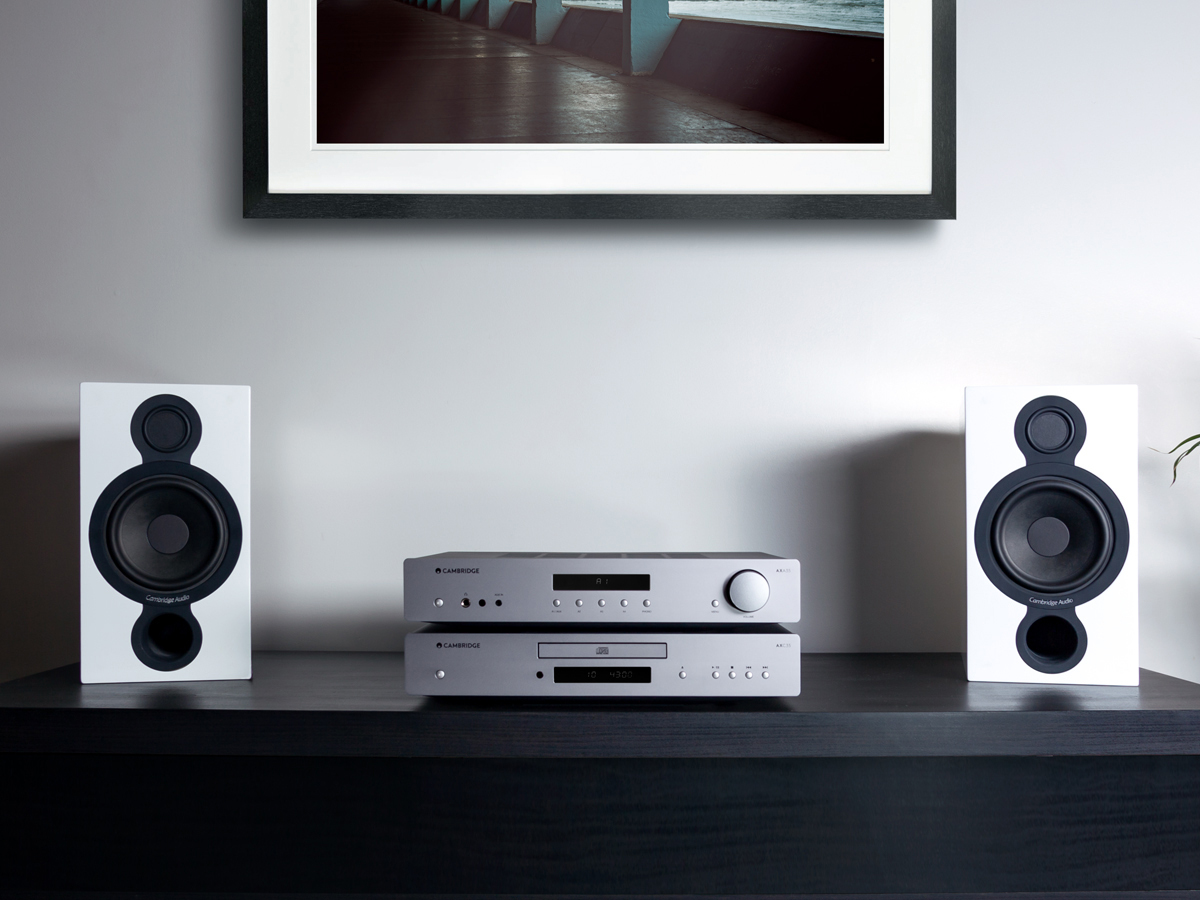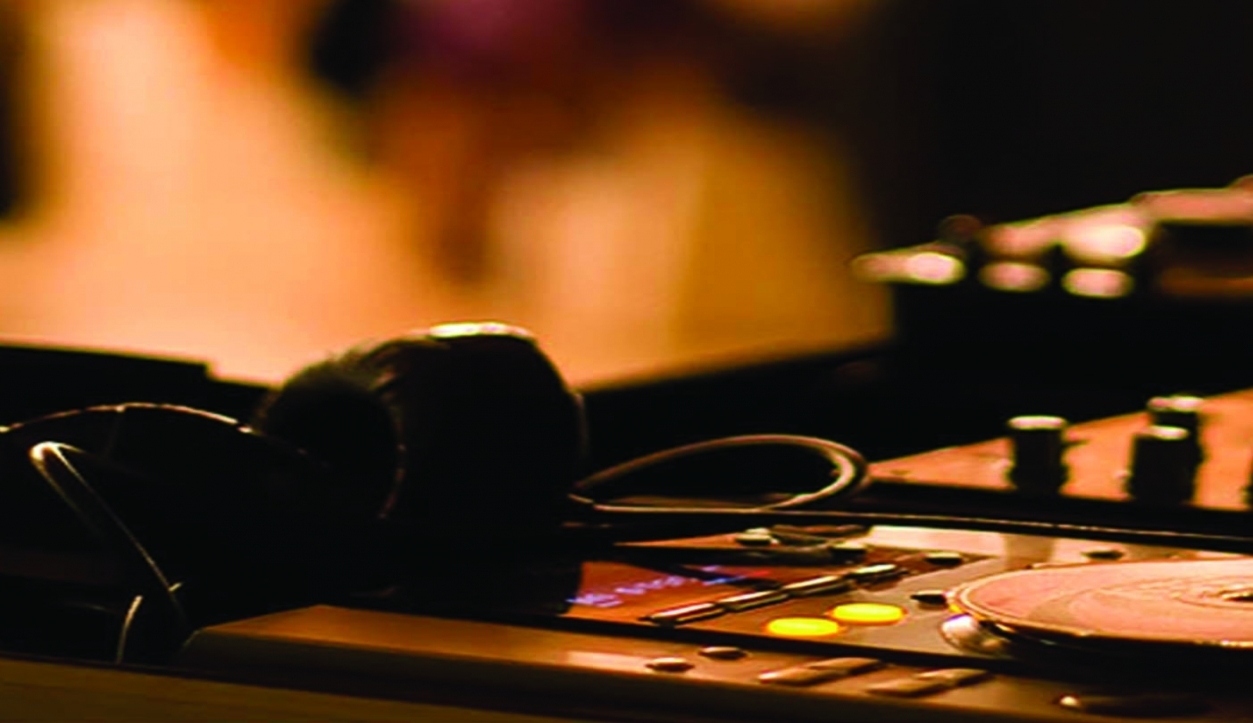Home>Production & Technology>Digital>How To Build A Digital Music Box
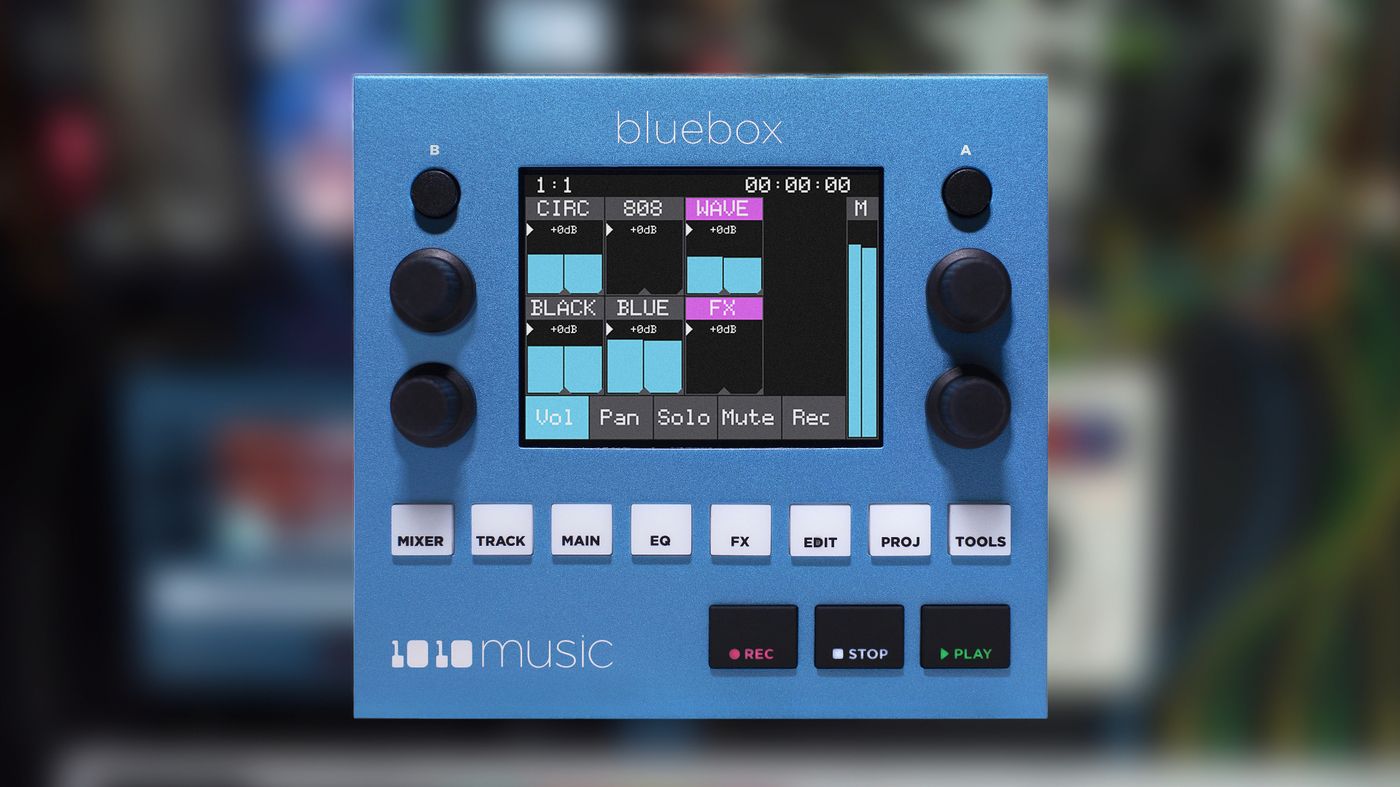

Digital
How To Build A Digital Music Box
Published: March 9, 2024
Learn how to build a digital music box with our step-by-step guide. Discover the latest digital music box technology and create your own unique sound. Unlock the world of digital music today!
(Many of the links in this article redirect to a specific reviewed product. Your purchase of these products through affiliate links helps to generate commission for AudioLover.com, at no extra cost. Learn more)
Table of Contents
Introduction
Welcome to the world of digital music boxes! In this comprehensive guide, we will explore the exciting journey of building your very own digital music box. Whether you are a music enthusiast, a tech-savvy individual, or someone looking to embark on a creative DIY project, this article is designed to provide you with the essential steps and insights to bring your digital music box to life.
The concept of a digital music box combines the timeless charm of traditional music boxes with the modern convenience of digital technology. Imagine having a beautifully crafted music box that not only plays enchanting melodies but also allows you to curate and organize your favorite tunes with ease. With the right hardware, software, and a touch of creativity, you can transform this vision into a tangible reality.
Building a digital music box is not just about assembling components; it's about crafting a personalized music experience that resonates with your unique style and preferences. Whether you are drawn to classical symphonies, contemporary hits, or niche genres, your digital music box will become a reflection of your musical identity.
Throughout this guide, we will delve into the crucial steps involved in creating your digital music box. From selecting the ideal hardware components to customizing the user interface and adding extra features, each stage of the process is an opportunity to infuse your personality and creativity into the project.
As we embark on this journey, keep in mind that the digital music box you are about to build is more than just a device; it is a testament to the seamless integration of art, technology, and individual expression. So, roll up your sleeves, unleash your imagination, and get ready to embark on an exhilarating adventure in the realm of digital music craftsmanship. Let's dive into the first step: choosing the right hardware.
Step 1: Choose the right hardware
Selecting the appropriate hardware is the foundational step in building a digital music box that aligns with your vision and requirements. The hardware components play a pivotal role in determining the functionality, performance, and aesthetic appeal of your music box. Here's a detailed breakdown of the key hardware elements to consider:
1. Raspberry Pi or Mini PC:
The heart of your digital music box lies in the choice of a reliable and versatile computing platform. Raspberry Pi, with its compact size and robust capabilities, is a popular choice for DIY projects. Alternatively, a mini PC offers enhanced processing power and storage capacity, catering to more demanding music applications.
2. Audio Output:
The quality of audio output significantly impacts the overall music listening experience. Consider integrating a high-fidelity DAC (Digital-to-Analog Converter) to ensure crisp, clear, and immersive sound reproduction. Additionally, explore options for connecting external speakers or headphones to suit your preferred listening environment.
3. Storage Solution:
Efficient storage is essential for housing your extensive music library. Opt for a spacious microSD card or a solid-state drive (SSD) to accommodate a diverse collection of songs. Adequate storage capacity ensures seamless access to your favorite tracks without compromising on performance.
4. Display Interface (Optional):
If you envision a visually engaging user interface for your digital music box, incorporating a small touchscreen display can elevate the interactive experience. Whether it's navigating through playlists, viewing album artwork, or accessing music controls, a display interface adds a layer of convenience and aesthetic appeal.
5. Power Supply:
Reliable and stable power provision is fundamental to the uninterrupted operation of your music box. Select a power source that aligns with the power requirements of the chosen hardware components, ensuring consistent performance and longevity.
6. Enclosure and Aesthetics:
While functionality is paramount, the visual presentation of your digital music box contributes to its overall allure. Explore creative enclosure options, such as custom-designed 3D-printed cases or artisan-crafted wooden enclosures, to encapsulate the essence of your musical craftsmanship.
By meticulously evaluating and selecting the right hardware components, you lay a solid foundation for the subsequent stages of building your digital music box. Each element contributes to the seamless integration of technology and artistry, culminating in a personalized music box that resonates with your unique style and musical preferences. With the hardware selection process complete, let's proceed to the next step: selecting the music player software.
Step 2: Select the music player software
Choosing the right music player software is a pivotal decision that significantly influences the functionality, user experience, and versatility of your digital music box. The software serves as the interface through which you interact with your music library, manage playlists, and control playback. Here's a comprehensive exploration of the key considerations and options when selecting the music player software for your digital music box.
1. Open-Source Platforms:
Embracing open-source music player software offers a myriad of benefits, including flexibility, community support, and customization options. Platforms such as Volumio and Moode Audio provide feature-rich environments tailored for audio playback, with support for various audio formats, streaming services, and seamless integration with hardware components. The open nature of these platforms encourages continuous development and enhancement, ensuring a dynamic and evolving music playback experience.
2. Customizable Interfaces:
Look for music player software that offers customizable user interfaces, allowing you to tailor the visual presentation and navigation to align with your aesthetic preferences. Platforms like RuneAudio and Pi MusicBox provide extensive customization options, enabling you to design intuitive and visually appealing interfaces that complement the overall design of your digital music box. Customizable interfaces empower you to create a cohesive and immersive music listening environment that reflects your individual style.
3. Streaming Capabilities:
If you intend to incorporate streaming services into your digital music box, prioritize software solutions that seamlessly integrate with popular streaming platforms. Software such as Mopidy and Pi MusicBox offer robust support for streaming services, enabling access to a vast library of online music content while maintaining a unified interface for local and streaming playback. This integration expands the scope of your music box, providing access to a diverse array of music beyond your local library.
4. Audio Enhancement Features:
Consider music player software that incorporates audio enhancement features to elevate the sonic experience. Platforms offering support for digital signal processing (DSP) plugins, equalization controls, and audio effects empower you to fine-tune the sound output according to your preferences. This level of audio customization ensures that your digital music box delivers a captivating and personalized listening experience, tailored to your sonic preferences and acoustic environment.
5. Community Support and Development:
Prioritize music player software with active community support and ongoing development. Platforms backed by vibrant communities foster a collaborative environment where users can seek assistance, share insights, and contribute to the evolution of the software. This ensures access to a wealth of resources, including plugins, extensions, and user-generated enhancements, enriching the functionality and versatility of your digital music box.
By carefully evaluating these considerations and exploring the diverse range of music player software options, you can identify a platform that aligns with your specific requirements and resonates with your vision for the digital music box. The selected software will serve as the gateway to your music journey, offering a seamless and immersive interface through which you can curate, explore, and indulge in the enchanting world of music. With the music player software chosen, we are ready to proceed to the next step: setting up the digital music box.
Step 3: Set up the digital music box
Setting up the digital music box marks a pivotal phase in bringing your musical creation to life. This step encompasses the integration of hardware components, installation of music player software, and the initial configuration to establish a seamless and functional music playback system. Here's a detailed exploration of the essential tasks involved in setting up your digital music box:
1. Hardware Integration:
Begin by assembling the selected hardware components, ensuring proper connections and secure placements within the chosen enclosure. Carefully integrate the Raspberry Pi or mini PC, audio output interface, storage solution, and any optional display interface, adhering to the manufacturer's guidelines and best practices. Attention to detail during this phase lays the groundwork for a reliable and cohesive hardware setup.
2. Software Installation:
Proceed to install the chosen music player software onto the computing platform, following the provided installation instructions or guidelines. This step involves flashing the software onto the storage medium, configuring the initial settings, and ensuring that the software environment is primed for seamless operation. Thoroughly review the installation process to guarantee a successful and error-free setup.
3. System Configuration:
Once the software is installed, embark on the initial configuration of the digital music box. This involves setting up network connectivity, adjusting audio output settings, and customizing the user interface to align with your aesthetic preferences. Pay attention to system parameters such as audio output routing, display resolution (if applicable), and network connectivity options to ensure a cohesive and responsive music playback environment.
4. Library Integration:
Integrate your music library into the digital music box, organizing and categorizing your collection for effortless access and navigation. Depending on the chosen music player software, this step may involve importing music files, configuring metadata settings, and creating playlists to curate a personalized music experience. Thoroughly organize your music library to streamline the subsequent stages of music playback and exploration.
5. Testing and Optimization:
Conduct comprehensive testing to validate the functionality and performance of the digital music box. Verify audio playback, navigation controls, and display interactions (if applicable) to identify any potential issues or areas for optimization. Fine-tune system settings, audio configurations, and user interface elements to ensure a seamless and immersive music playback experience.
6. Backup and Maintenance:
Implement a backup strategy to safeguard your music library and system configurations. Consider creating periodic backups of your music collection and system settings to mitigate the risk of data loss or software-related issues. Additionally, establish a maintenance routine to keep the digital music box in optimal condition, including software updates, hardware inspections, and periodic performance evaluations.
By meticulously executing these tasks and ensuring a thorough setup process, you lay the groundwork for a robust and personalized digital music box. The successful completion of this step sets the stage for the subsequent phases of customization, exploration, and enjoyment within the realm of your digital music creation. With the digital music box set up, you are poised to embark on the next stages of this captivating journey.
Now, let's proceed to the next step: organizing your music library.
Step 4: Organize your music library
Organizing your music library is a fundamental aspect of creating a seamless and enjoyable music listening experience within your digital music box. A well-structured and meticulously curated music library not only enhances accessibility but also contributes to a more immersive and personalized musical journey. Here's a comprehensive exploration of the essential tasks and strategies involved in organizing your music library:
-
Metadata Management:
Begin by meticulously managing the metadata of your music files. This includes ensuring accurate song titles, artist names, album information, and genre categorization. Consistent and comprehensive metadata not only facilitates efficient browsing and searching but also enriches the overall music discovery experience within your digital music box. -
Album Artwork Integration:
Integrate high-quality album artwork into your music library to visually enhance the browsing and playback experience. Album artwork adds a touch of visual elegance and authenticity to your digital music box, creating a captivating visual representation of your music collection. -
Playlist Curation:
Curate personalized playlists to cater to different moods, occasions, or thematic preferences. Whether it's creating dynamic workout playlists, soothing evening relaxation compilations, or genre-specific mixes, crafting diverse playlists adds a layer of versatility and personalization to your music library. -
Folder Structure Optimization:
Evaluate and optimize the folder structure of your music library to ensure logical organization and streamlined access. Consider categorizing music files based on genres, artists, or thematic collections, allowing for intuitive navigation and seamless exploration of your diverse musical repertoire. -
Metadata Enrichment and Tagging:
Enrich the metadata of your music files with additional information such as release years, composer credits, and track-specific details. Detailed metadata enrichment and tagging contribute to a more comprehensive and informative music library, enabling deeper insights into the artistic and historical context of your favorite tunes. -
Duplicate Identification and Removal:
Identify and eliminate duplicate music files within your library to declutter and optimize storage space. Utilize specialized tools or software to efficiently detect and manage duplicate tracks, ensuring a streamlined and efficient music collection. -
Cross-Platform Synchronization (Optional):
If you maintain music libraries across multiple devices or platforms, consider implementing synchronization mechanisms to harmonize your music collections. Synchronization ensures that updates, additions, and modifications to your music library are seamlessly propagated across all your digital music platforms.
By meticulously organizing your music library, you create a cohesive and immersive music environment within your digital music box. The structured and curated nature of your music collection sets the stage for a seamless and enriching music exploration experience, allowing you to effortlessly delve into the depths of your musical passions and preferences. With your music library meticulously organized, you are poised to embark on the next phase of customizing the user interface of your digital music box.
Step 5: Customize the user interface
Customizing the user interface of your digital music box presents an exciting opportunity to infuse your personal style and preferences into the visual and interactive aspects of the music playback environment. The user interface serves as the gateway to your music journey, offering intuitive navigation, visual enhancements, and seamless control over your music library. Here's a detailed exploration of the essential considerations and strategies for customizing the user interface of your digital music box:
-
Visual Theming and Branding:
Embrace visual theming and branding elements to create a cohesive and visually captivating user interface. Incorporate color schemes, background imagery, and iconography that resonate with your musical identity and aesthetic sensibilities. Whether it's a minimalist and modern design or a vintage-inspired visual motif, the visual theming sets the tone for an immersive and personalized music exploration experience. -
Interactive Controls and Navigation:
Tailor the interactive controls and navigation elements to align with your preferred user interaction patterns. Consider the placement and design of playback controls, playlist navigation interfaces, and browsing mechanisms to ensure intuitive and seamless user interactions. The goal is to create a user interface that facilitates effortless music exploration and playback, enhancing the overall user experience. -
Album Artwork Integration:
Elevate the visual appeal of the user interface by integrating album artwork into the music playback environment. Explore dynamic and visually engaging ways to showcase album covers, artist imagery, and visual representations of your music collection. The integration of album artwork adds a layer of authenticity and visual allure to the user interface, creating a captivating visual narrative for your music library. -
Custom Widgets and Information Displays:
Introduce custom widgets and information displays to provide insightful details about the currently playing track, upcoming songs, and contextual information related to the music being enjoyed. Whether it's displaying lyrics, artist biographies, or real-time visualizations of audio playback, custom widgets enrich the user interface with dynamic and informative elements, fostering a deeper connection with the music being experienced. -
Accessibility and User Preferences:
Prioritize accessibility and user preference customization within the user interface. Offer options for font size adjustments, color contrast settings, and interactive elements tailored to accommodate diverse user preferences and accessibility needs. A user interface that caters to individual preferences ensures inclusivity and a seamless music exploration experience for all users.
By meticulously customizing the user interface of your digital music box, you create a visually captivating, intuitive, and personalized music playback environment. The tailored user interface becomes a reflection of your musical identity, offering a seamless gateway to explore, indulge, and immerse yourself in the enchanting world of music. With the user interface customized to align with your vision, you are poised to elevate the music listening experience within your digital music box to new heights.
Step 6: Add additional features
As you approach the final phase of building your digital music box, the opportunity to add additional features presents itself as a gateway to further enhancing the functionality, versatility, and overall allure of your musical creation. The incorporation of supplementary features goes beyond the core music playback experience, offering avenues to expand the capabilities and personalization options within your digital music box. Here's a comprehensive exploration of the essential considerations and strategies for integrating additional features into your digital music box:
1. Wireless Connectivity:
Embrace the convenience of wireless connectivity by integrating Wi-Fi or Bluetooth capabilities into your digital music box. Wireless connectivity enables seamless access to online music streaming services, facilitates remote control options, and enhances the overall accessibility of your music box within diverse environments.
2. Voice Control Integration:
Explore the integration of voice control capabilities, leveraging voice recognition technologies to enable hands-free operation and intuitive command-based interactions. Voice control adds a layer of convenience and futuristic appeal to your digital music box, allowing for effortless playback control and music exploration through voice commands.
3. Dynamic Playlist Generation:
Implement dynamic playlist generation features that leverage machine learning algorithms or user behavior analysis to curate personalized playlists based on listening habits, mood preferences, or contextual cues. Dynamic playlist generation adds a layer of automation and personalization to the music discovery process, offering tailored music experiences based on individual preferences.
4. Multi-Room Audio Synchronization:
Envision a multi-room audio synchronization feature that enables seamless playback synchronization across multiple digital music boxes or compatible audio devices within a home environment. This feature fosters a cohesive and immersive music listening experience throughout different spaces, creating a harmonized audio environment tailored to diverse listening scenarios.
5. Mood-Based Visualizations:
Introduce mood-based visualizations that dynamically adapt the user interface and visual elements based on the mood or genre of the currently playing music. Mood-based visualizations add a layer of visual immersion and thematic cohesion to the music playback environment, creating a captivating and responsive visual narrative that complements the auditory experience.
6. Smart Home Integration:
Explore integration with smart home ecosystems, allowing your digital music box to interact with other smart devices, lighting systems, or environmental controls based on music playback cues or user-defined scenarios. Smart home integration expands the scope of your music box, creating synergistic interactions between music, ambiance, and lifestyle elements.
By meticulously integrating these additional features, you elevate your digital music box into a multifaceted and immersive music ecosystem that transcends traditional playback devices. The incorporation of these features not only expands the functional capabilities but also adds layers of personalization, interactivity, and futuristic appeal to your digital music box, culminating in a truly unique and captivating musical creation. With the addition of these supplementary features, your digital music box becomes a testament to the seamless fusion of technology, artistry, and individual expression, offering a gateway to a boundless world of musical exploration and enjoyment.
Conclusion
As we conclude this exhilarating journey of building a digital music box, it's essential to reflect on the transformative process that has unfolded. From the meticulous selection of hardware components to the customization of the user interface and the integration of additional features, every step has been a testament to the seamless fusion of art, technology, and individual expression.
The digital music box you have crafted is more than just a device; it is a manifestation of your musical identity, your creative vision, and your unwavering passion for the enchanting world of music. It stands as a testament to the harmonious integration of innovation and artistry, offering a gateway to a boundless realm of musical exploration and enjoyment.
Through the careful selection of hardware components, you have laid the foundation for a robust and versatile music playback system, ensuring that every note and melody is delivered with clarity and precision. The integration of high-fidelity audio output, storage solutions, and optional display interfaces has transformed your digital music box into a captivating and immersive musical companion.
The meticulous selection of music player software has empowered you to curate, explore, and indulge in your music library with unparalleled flexibility and control. The software's customizable interfaces, streaming capabilities, and audio enhancement features have elevated the music playback experience, offering a seamless gateway to your diverse musical repertoire.
The meticulous setup of your digital music box, coupled with the organization of your music library, has created a cohesive and immersive music environment that beckons you to embark on a captivating musical journey. The personalized user interface, enriched with visual theming, interactive controls, and album artwork integration, serves as a portal to a world of musical discovery and indulgence.
The integration of additional features has expanded the functional capabilities of your digital music box, offering avenues for wireless connectivity, voice control, dynamic playlist generation, and smart home integration. These features have transformed your music box into a multifaceted and futuristic musical ecosystem, offering boundless opportunities for personalized and immersive music experiences.
As you stand at the culmination of this creative odyssey, your digital music box stands as a testament to the seamless fusion of technology, artistry, and individual expression. It is a celebration of your unique musical identity and a gateway to a world of endless musical exploration and enjoyment. So, let the melodies resonate, the rhythms enchant, and the symphonies unfold as you embark on a timeless journey within the captivating realm of your digital music box.

